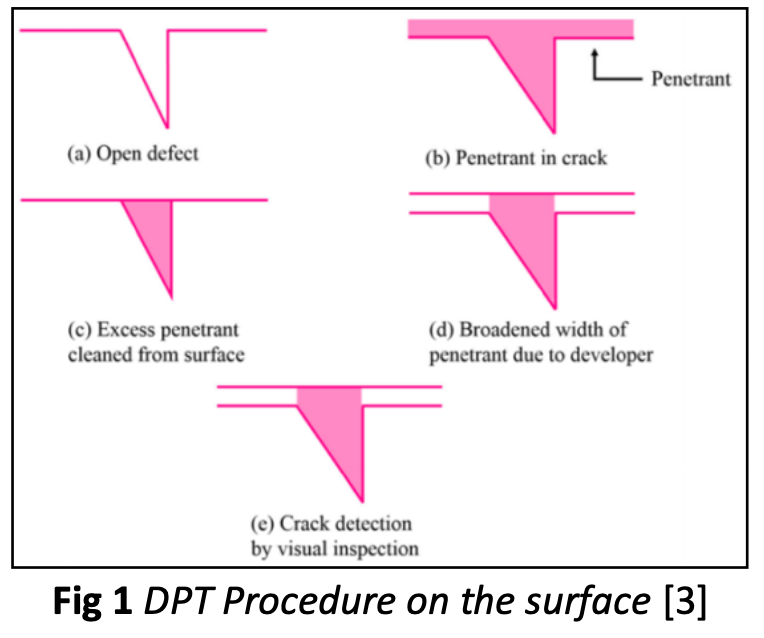Evaluation Dye Penetration for Detecting Flaws In Aircraft Components
Keywords:
Dye Penetrant Testing (DPT), Non-destructive testing (NDT), Dwell TimeAbstract
Non-destructive methods are important in the maintenance of an aircraft due to their application and clear results. This study explores the efficacy of Dye Penetrant Testing in identifying defects or flaws in aircraft components such as propeller blades, bolts and nuts, modified exhaust engines, and towing bars. DPT is a non-destructive testing method to ensure the structural integrity and safety of aircraft by detecting surface-breaking flaws. This study compares three application methods of spraying, brushing, and clothing. These several methods are to determine the most effective technique for detecting defects such as cracks. The inspection results demonstrate that while spraying provides quick and uniform coverage, brushing provides only targeted areas and more controlled application, and clothing offers thorough surface contact. By comparing these several results, the spraying method concludes that the percentage of time is 28.3% and the cost effectiveness is about 32.1%, resulting in a lower percentage than the brushing and clothing methods. The study highlights the importance of dwell time in the penetrant process with a different method. To conclude, this research contributes to enhancing the aviation safety industry by optimising DPT techniques and providing an evaluation of cost-time effectiveness.

